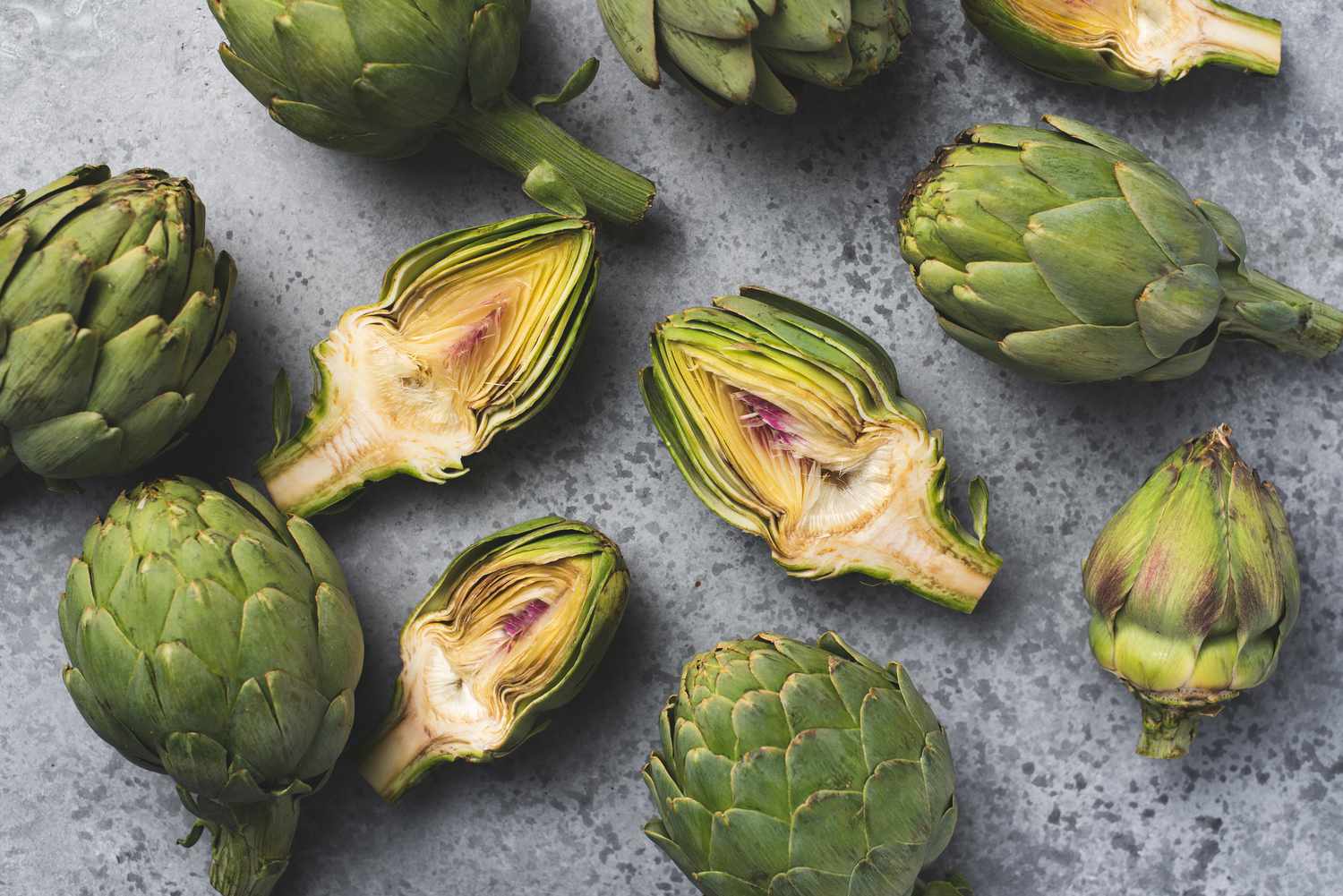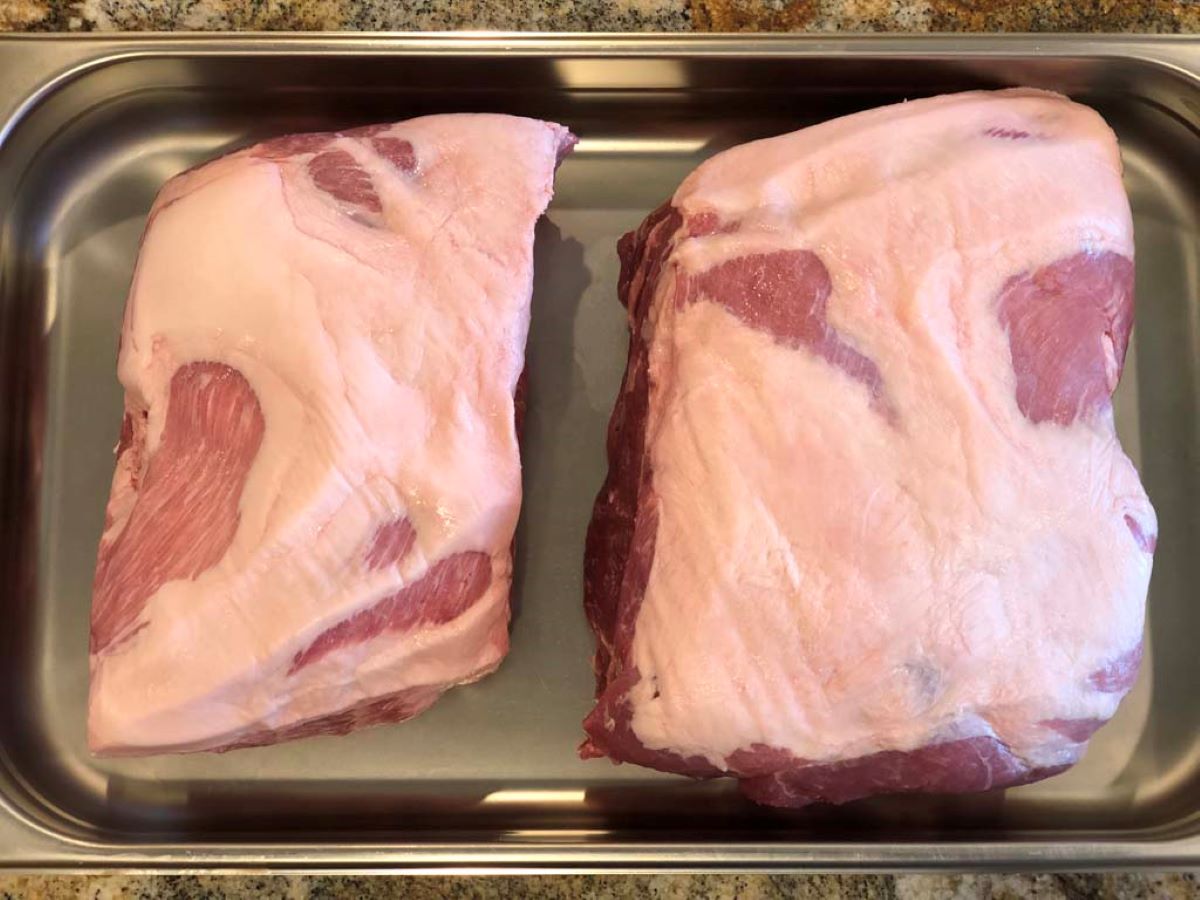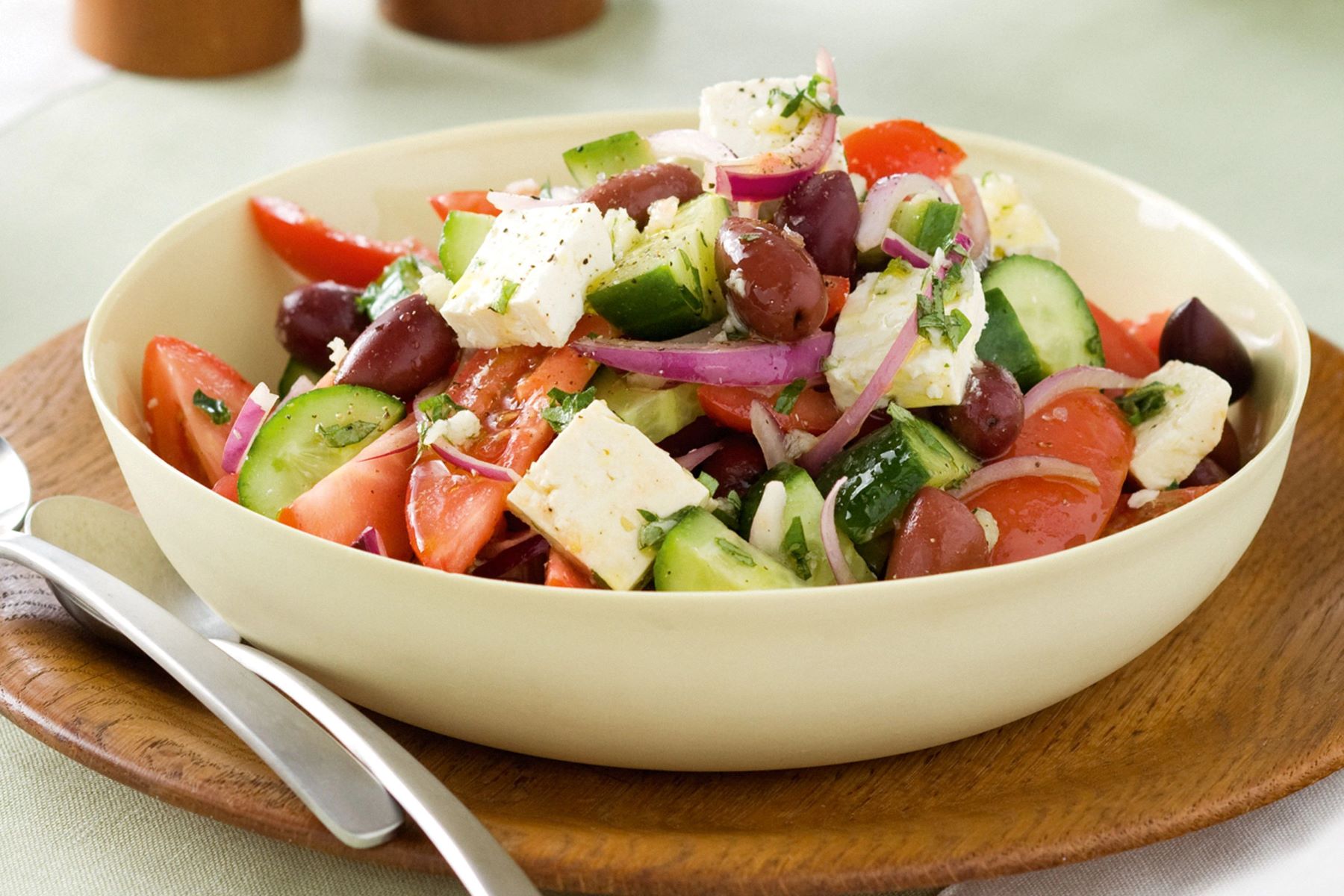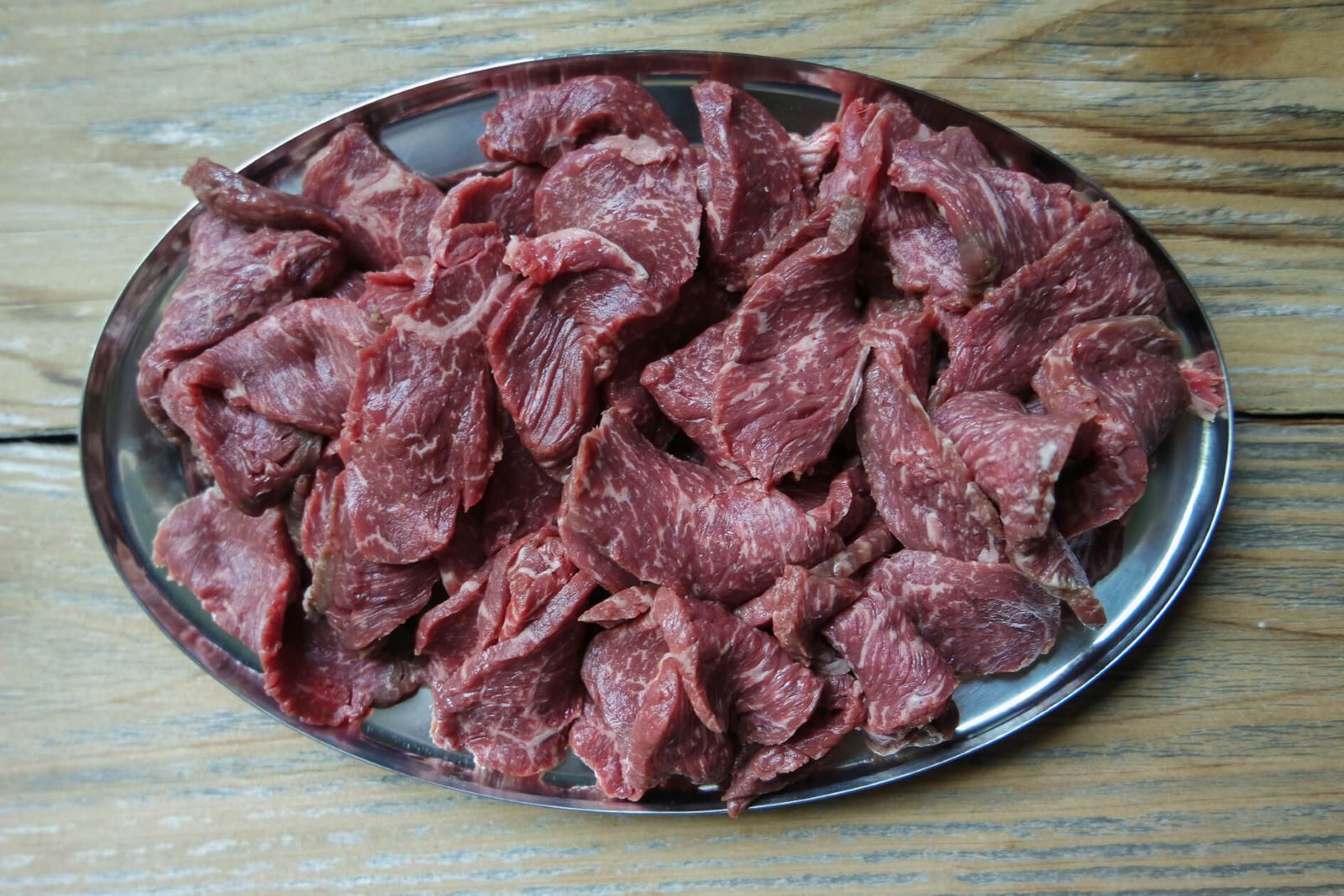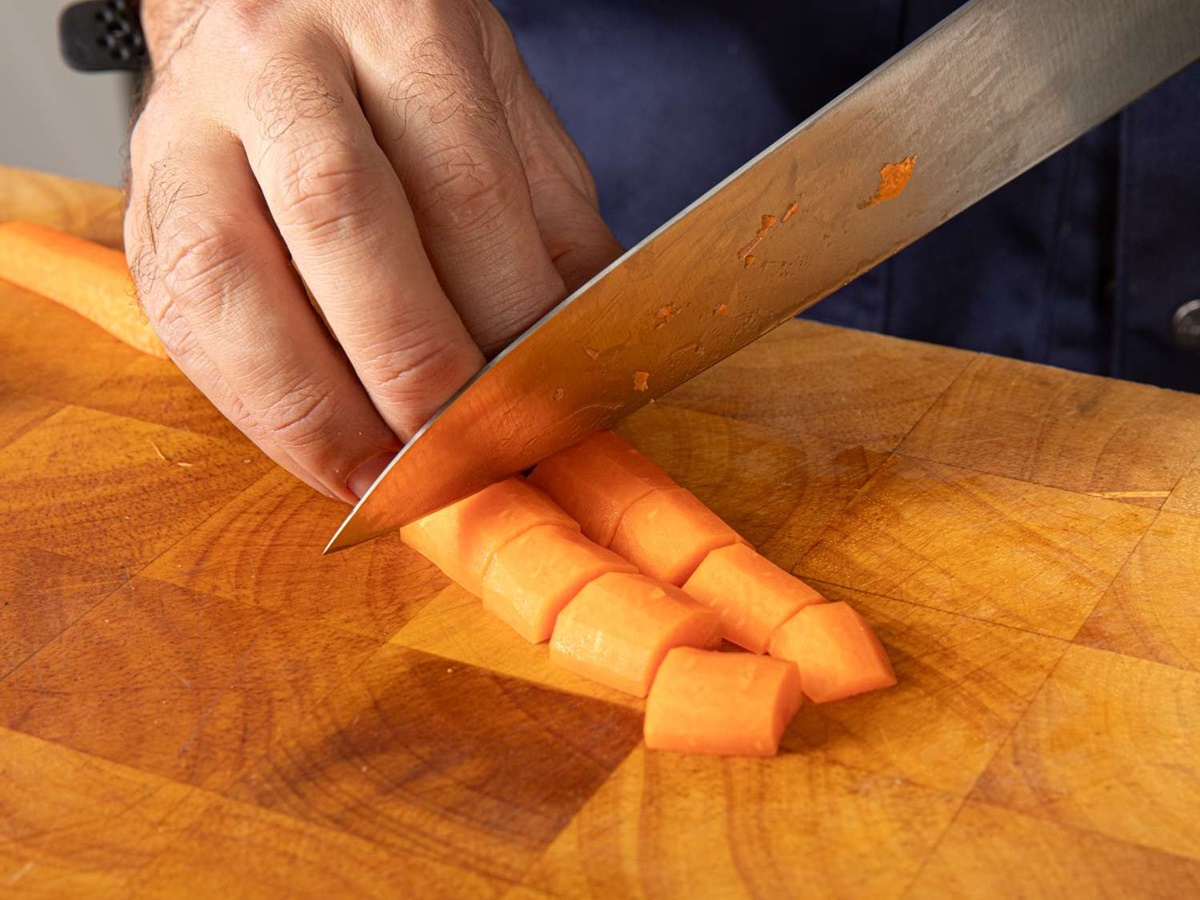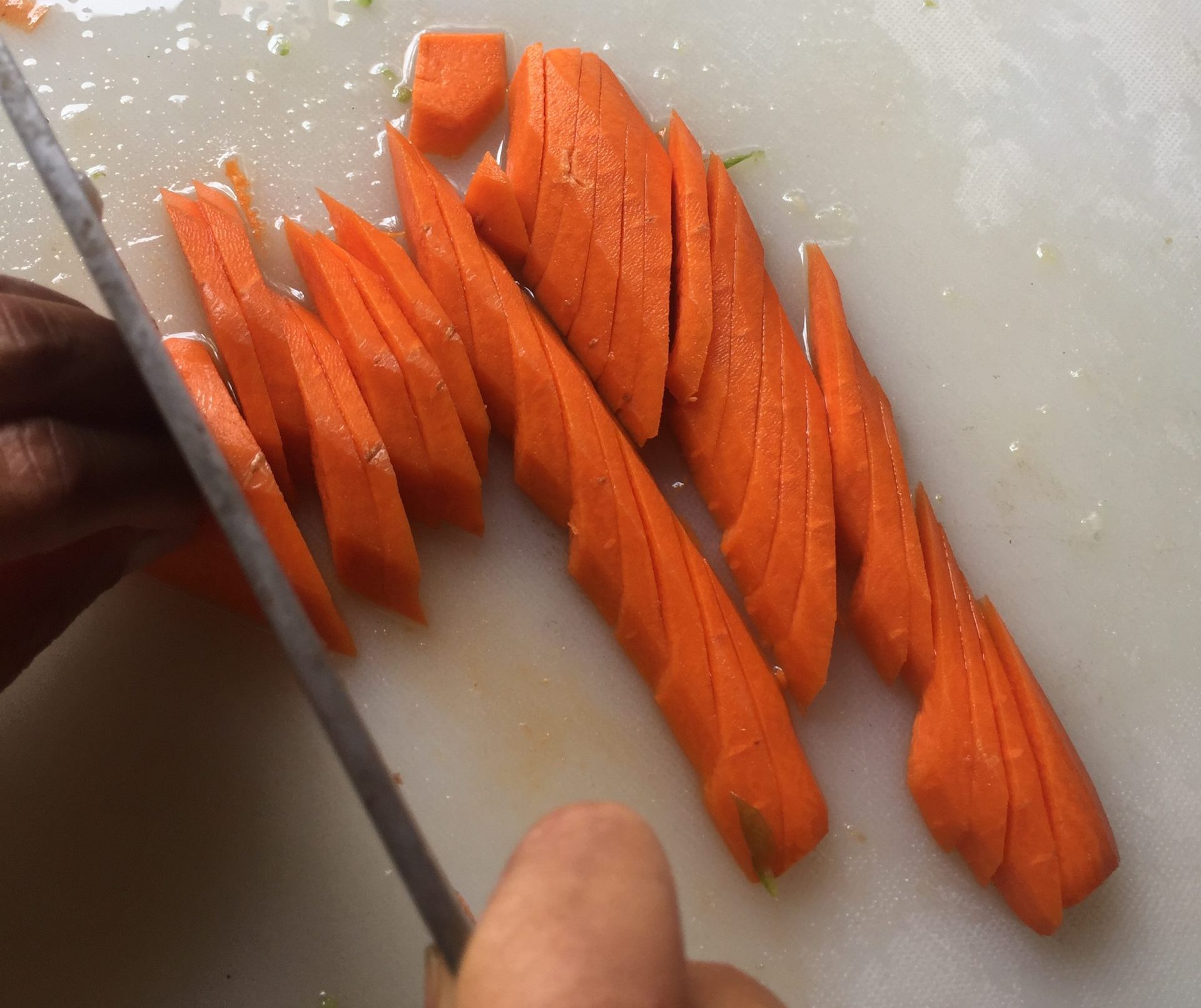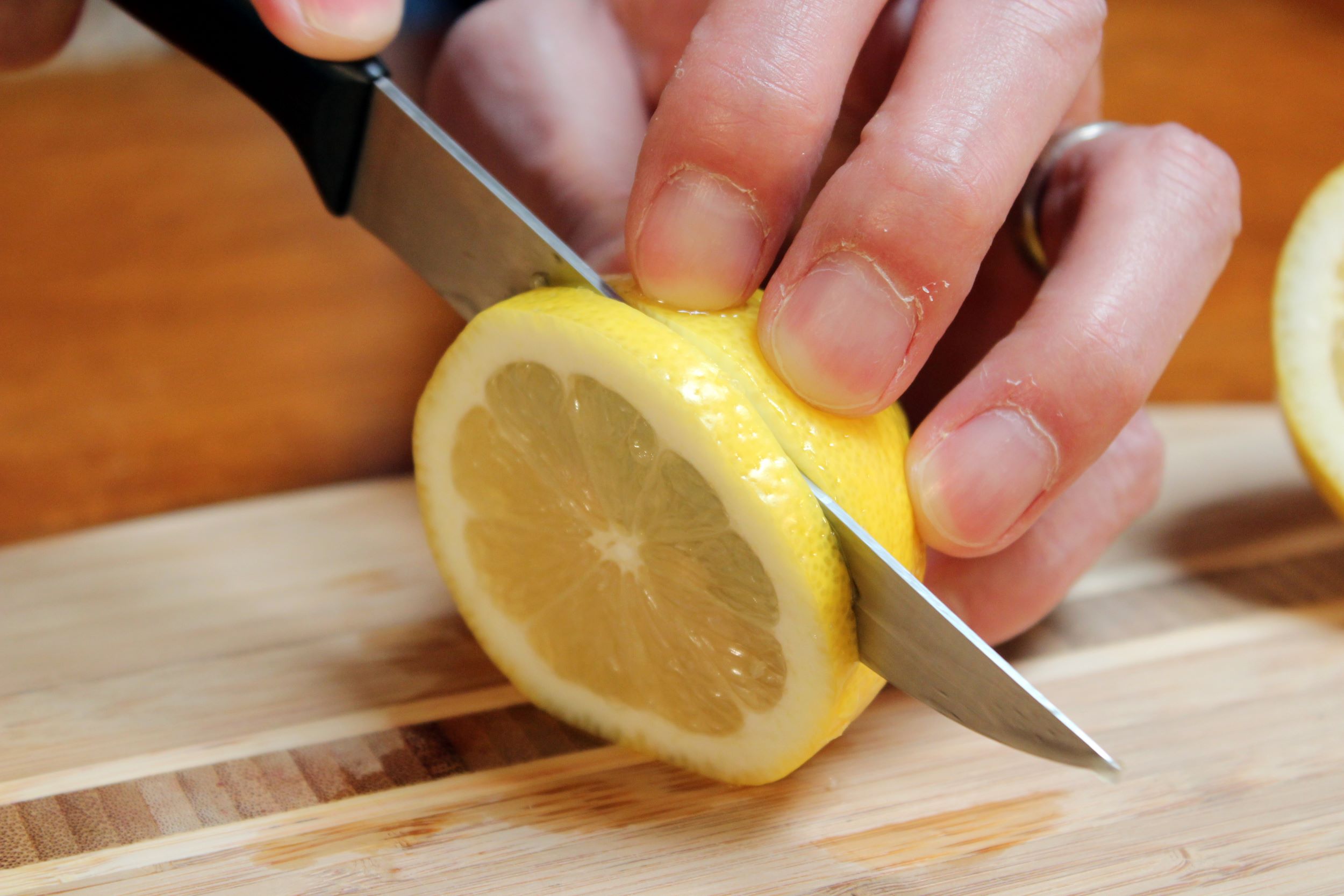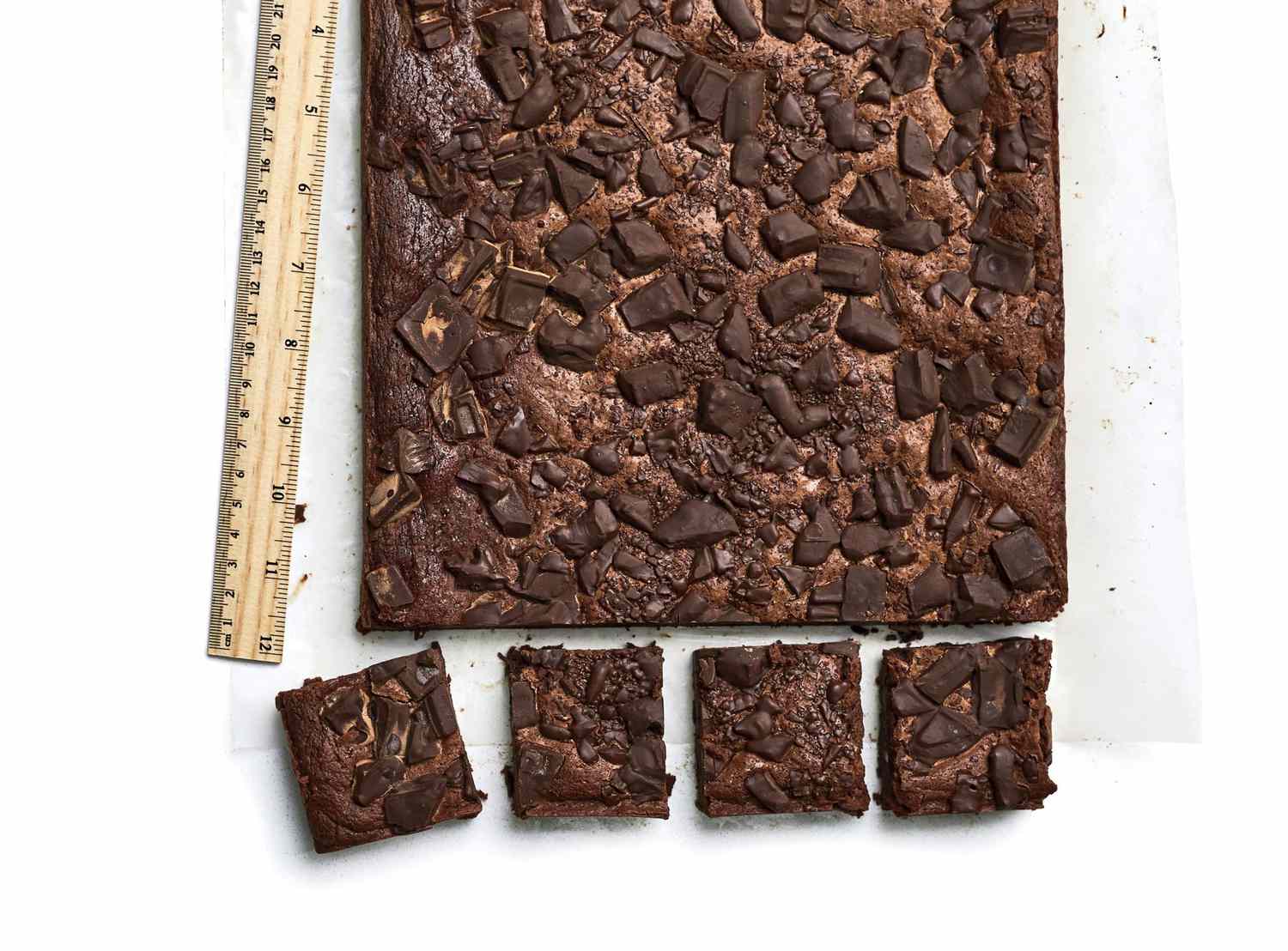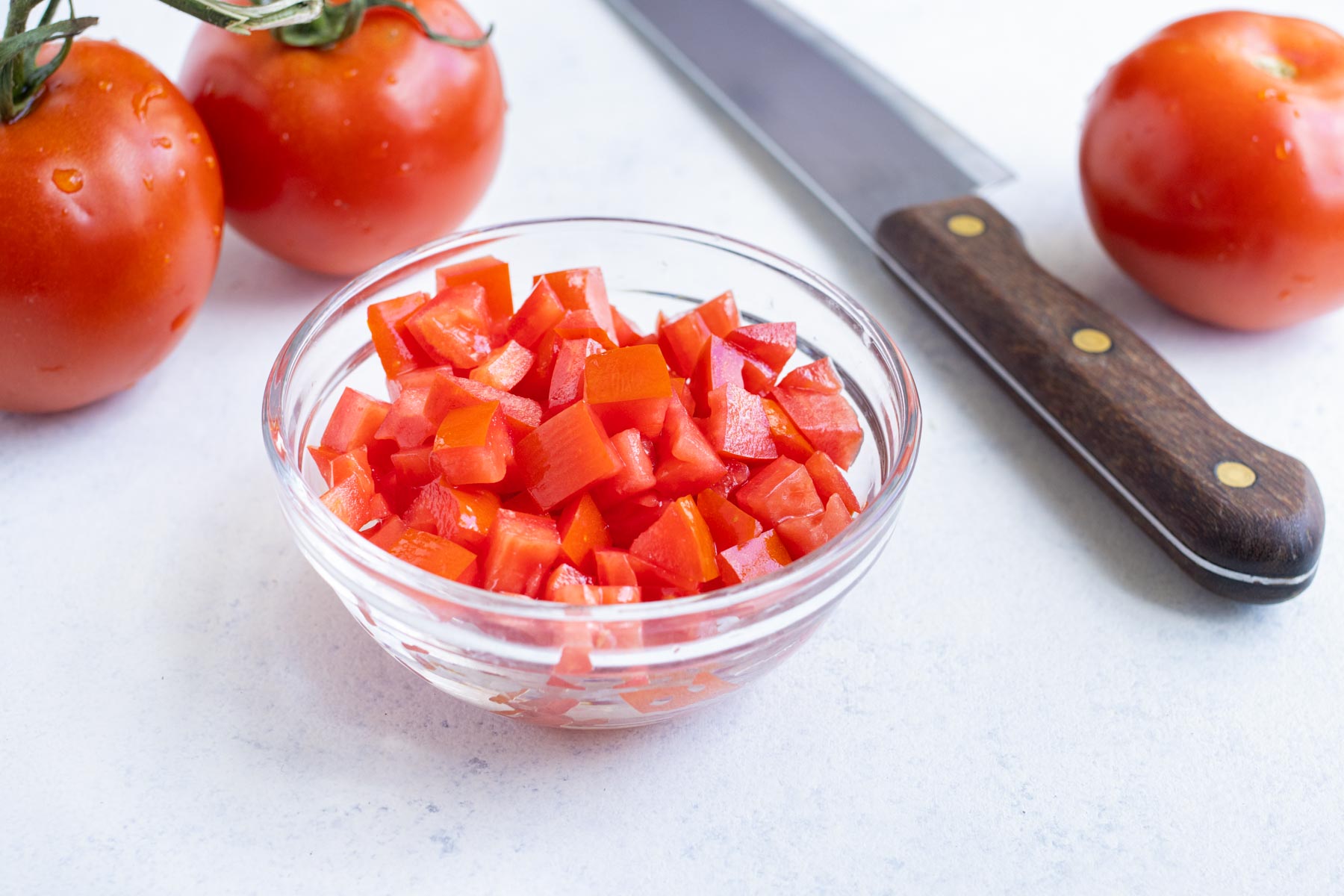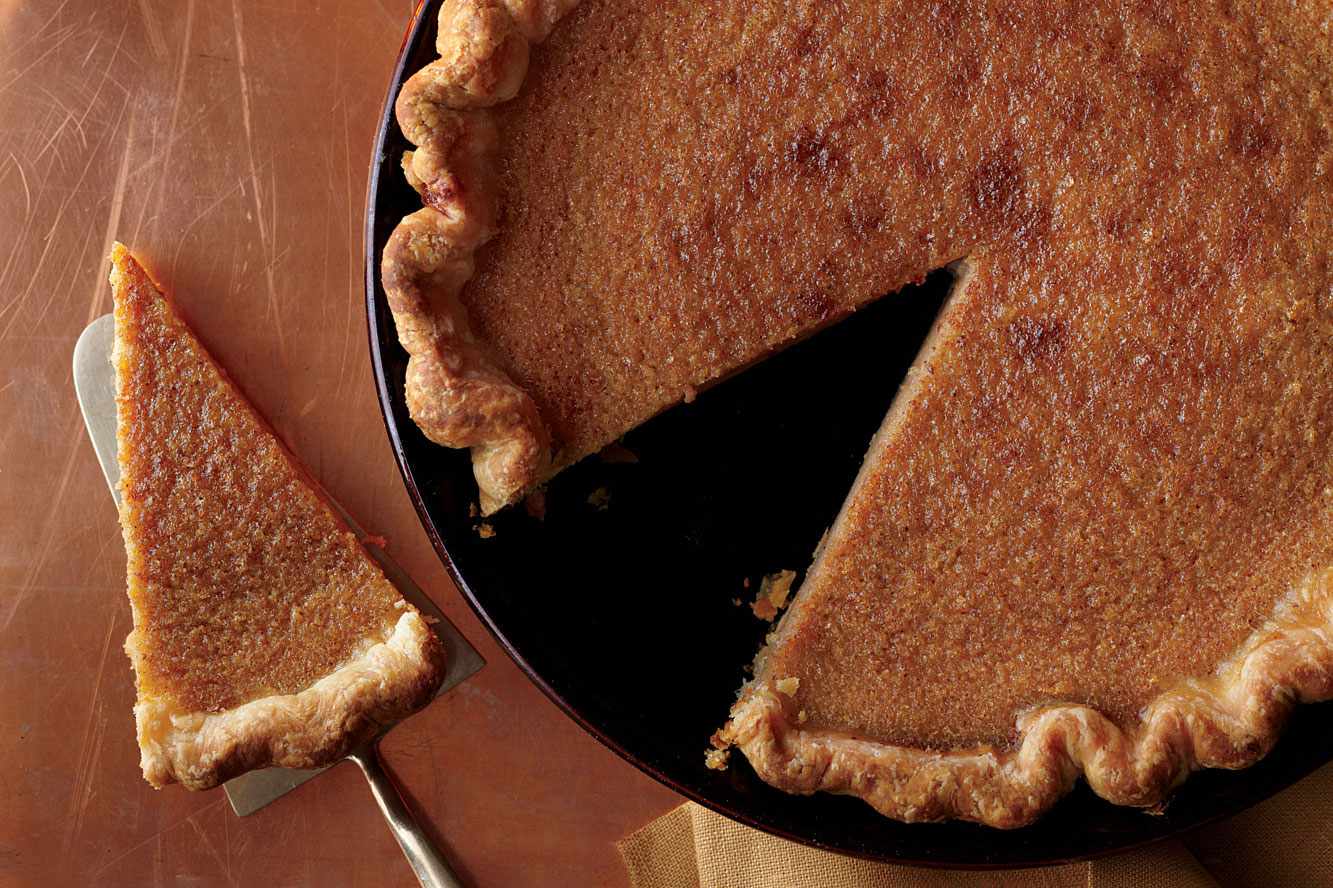How to Cut Ribeye Steak with Bone
When it comes to enjoying a delicious ribeye steak, nothing beats the juicy tenderness and flavorful marbling that comes from a bone-in cut. If you’ve ever wondered how to properly cut a ribeye steak with bone, you’re in the right place. In this guide, we’ll walk you through the steps to ensure you get the most out of your bone-in ribeye steak experience.
1. Begin with the Right Tools
Having the right tools is essential for successfully cutting a ribeye steak with bone. Here’s what you’ll need:
- Sharp chef’s knife: A high-quality, sharp knife will make the cutting process easier and more precise.
- Cutting board: Choose a sturdy cutting board that provides stability and prevents the steak from sliding around.
- Kitchen towel: A kitchen towel can be handy to wipe off any excess moisture from the steak for better grip.
2. Find the Bone
Before you begin cutting your ribeye steak, locate the bone. The bone-in ribeye steak will have a large, bone-like protrusion running through the center. This bone not only adds flavor but also helps retain the meat’s moisture during cooking.
3. Identify the Grain
Next, pay attention to the grain of the meat. The grain refers to the direction the muscle fibers run. It’s crucial to cut against the grain to ensure each slice is tender and easy to chew. Look for the long, parallel lines on the surface of the meat and position the steak accordingly.
4. Plan Your Cuts
Now it’s time to plan your cuts. Start by deciding how thick you want your ribeye steak to be. Remember, thicker cuts will take longer to cook, while thinner cuts will cook more quickly. Make a mental note or use a ruler to measure the desired thickness before you start slicing.
5. Slice with Precision
Using your sharp chef’s knife, carefully slice through the steak, following the bone. Apply gentle pressure and let the knife do the work. Start at the wider end of the steak and work your way towards the narrower end. Keep your fingers away from the knife’s path to avoid any accidents.
Remember to cut against the grain for tender slices. The resulting pieces will be perfectly portioned with a beautiful bone running through the center.
6. Serve and Enjoy
Once you’ve finished cutting the ribeye steak, it’s time to serve and enjoy your masterpiece. Plate the slices, bone still intact for visual appeal, and savor the rich flavors of a perfectly cooked bone-in ribeye steak.
Remember, practice makes perfect. Don’t be discouraged if your first attempt isn’t flawless. With time and practice, you’ll become a pro at cutting ribeye steak with bone.
So, whether you’re hosting a special gathering or simply treating yourself to a delicious meal, knowing how to cut ribeye steak with bone will elevate your culinary skills and impress your guests.
Now grab your tools, a premium bone-in ribeye steak, and get ready to slice your way to a tantalizing dining experience!
If you're looking to master the skill of cutting a ribeye steak with bone, there are a variety of delicious recipes to try that will make the most of your efforts. For a classic preparation, the Classic Bone-In Ribeye Steak is a great starting point, showcasing the pure flavors of a well-cut steak. For those who enjoy a touch of luxury, the Bone-In Ribeye with Truffle Butter offers a rich and indulgent experience. If you prefer a bit of zest, the Bone-In Ribeye with Chimichurri Sauce provides a fresh and vibrant complement to your steak. Each recipe not only highlights the unique taste of a bone-in ribeye but also allows you to practice and perfect your cutting technique.
Was this page helpful?
Read Next: How To Cut Potatoes For Scalloped Potatoes
